Benefit fraud is a very real issue and its impact is significant. By its very nature, fraud is intended to be concealed and that is precisely what makes the full impact on group benefits hard to estimate. Fraud typically occurs when opportunity (perception that there’s little chance of detection, penalty or consequence), rationalization (entitlement to additional money paid out of the benefit plan), and pressure (desire for financial gain) combine.
A Canadian authority on health care fraud in Canada–the Canadian Health Care Anti-fraud Association–estimates fraud accounts for between 2% to 10% of total health care spending in Canada or better put, anywhere between $440-million and $2.2-billion in losses annually–losses which ultimately translate into higher premiums for plan sponsors.
From an employer’s perspective, consider a plan with 100 employees and premium between $300,000 and $400,000 per year. Fraud could represent up to $40,000 yearly. Add to this, benefit costs growing at or near double digit annual rates for most of the last decade, an aging workforce, and drug costs escalating, when fraud is added into the equation, within five-years, costs due to fraud could grow by more than 50%, or $60,000 annually.
Types of fraud:
Provider fraud – when health care service provider(s) acts to exploit the plan for their own personal gain. This can be done by submitting false claims in the names of existing patients whereby the claims are set to pay the provider of the service. The employee doesn’t even know.
Plan member fraud – when an employee(s) acts to exploit the plan for their own personal gain. When false invoices are submitted for treatments or equipment never received by the employee.
Providers and plan member collusion – when healthcare providers and employees work together to exploit the plan for mutual gain. Consider a health care facility collaborating with employees to submit false claims for services and products never rendered or dispensed, then splitting the funds between the provider and employees. Another example are employees receiving paramedical treatments from unregistered providers and submitting claims for medical equipment instead.
This is a growing concern due to a lack of understanding on the impact of fraud. The less informed people are, the more susceptible they are to fall victim to its impact because it’s not on their radar to be aware. That being said, the insurance industry has implemented checks and balances, random audits on prepayments, providers, web-based claims, to name a few, to stay ahead of this rising threat. The results of these efforts has have saved millions of dollars a year in claim recovery.
Disclaimer: Please note that the information provided, while authoritative, is not guaranteed for accuracy and legality. The site is read by a world-wide audience and employment, taxation, legal vary accordingly. Please seek legal, accounting and human resources counsel from qualified professionals to make certain your legal/accounting/compliance interpretation and decisions are correct for your location. This information is for guidance, ideas, and assistance.





